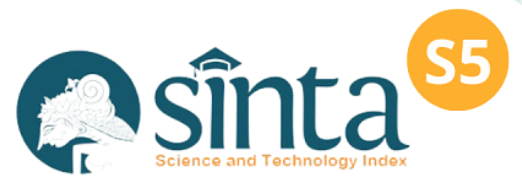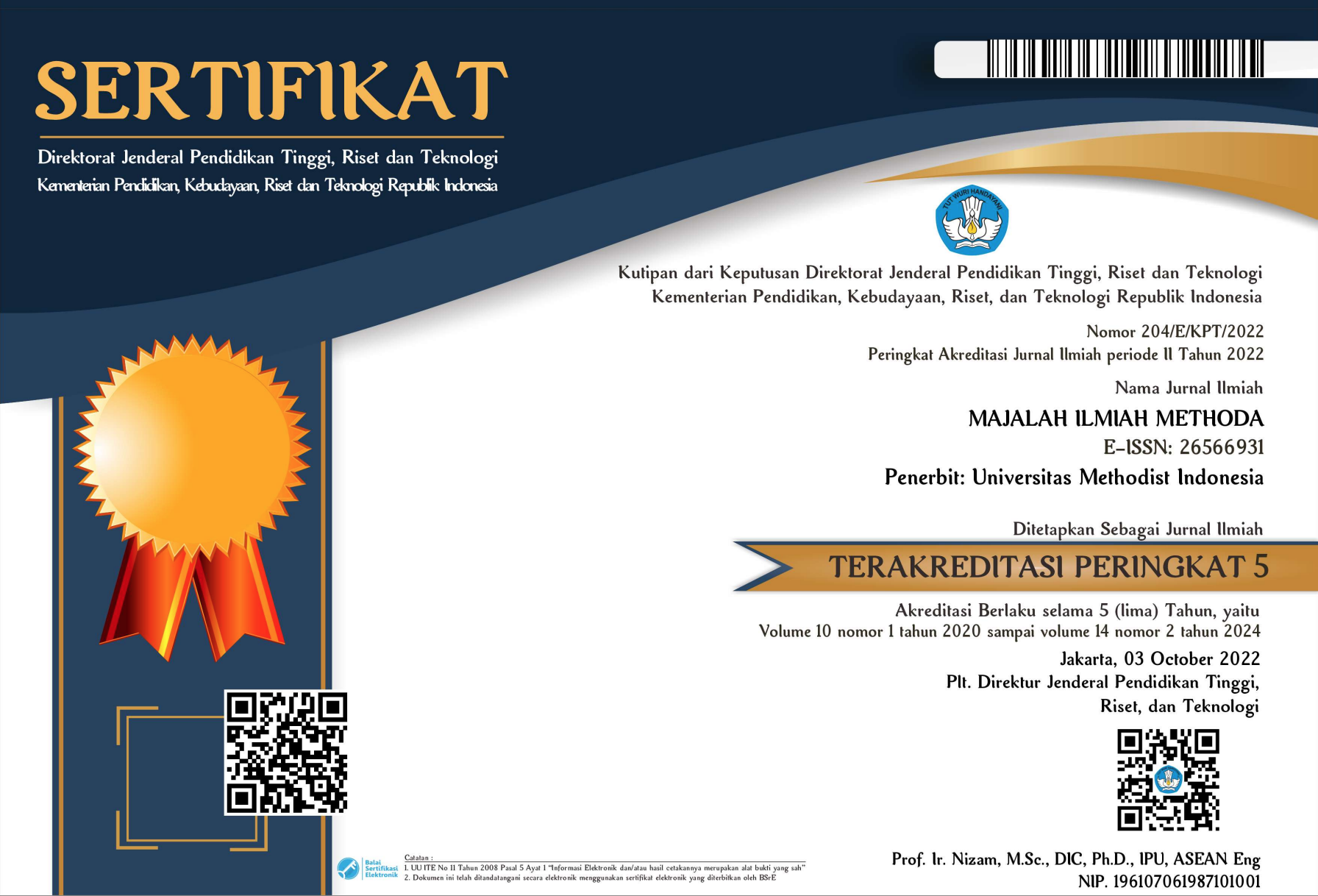DASAR IMUNITAS PADA PROTEKSI TERHADAP MALARIA OLEH SIFAT SEL SABIT
Keywords:
Sickle Cell Trait, HbAS, Malaria, Plasmodium Falciparum, Protection, ImmunityAbstract
Malaria resistance by the sickle cell trait (genotype HbAS) has served as the prime example of genetic selection for over half a century. Nevertheless, the mechanism of this resistance remains the subject of considerable debate. While it probably involves innate factors such as the reduced ability of Plasmodium falciparum parasites to grow and multiply in HbAS erythrocytes, recent observations suggest that it might also involve the accelerated acquisition of malaria-specific immunity. Williams et al. studied the age-specific protection afforded by HbAS against clinical malaria in children living on the coast of Kenya. They found that protection increased with age from only 20% in the first 2 y of life to a maximum of 56% by the age of 10 y, returning thereafter to 30% in participants greater than 10 y old. They suggested that malaria protection by HbAS involves the enhancement of not only innate but also acquired immunity to the parasite. A better understanding of the underlying mechanisms might yield important insights into both these processes.










